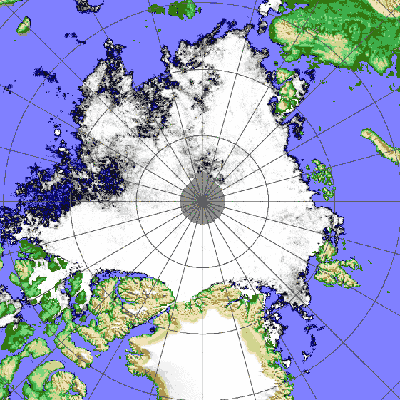 Nature’s The Great Beyond blog draws my attention to the news that global carbon dioxide emissions are increasing at “an alarming rate” – hitting nearly 10 billion tonnes in 2007. The Global Carbon Project’s new report concludes:
Nature’s The Great Beyond blog draws my attention to the news that global carbon dioxide emissions are increasing at “an alarming rate” – hitting nearly 10 billion tonnes in 2007. The Global Carbon Project’s new report concludes:
Anthropogenic CO2 emissions have been growing about four times faster since 2000 than during the previous decade, and despite efforts to curb emissions in a number of countries which are signatories of the Kyoto Protocol. Emissions from the combustion of fossil fuel and land use change reached the mark of 10 billion tones of carbon in 2007. Natural CO2 sinks are growing, but more slowly than atmospheric CO2, which has been growing at 2 ppm per year since 2000. This is 33% faster than during the previous 20 years. All of these changes characterize a carbon cycle that is generating stronger climate forcing and sooner than expected.
Emissions are now running above even the most fossil fuel intensive of the IPCC’s scenarios (A1F1), driven by strong growth in China and India. Here’s the press release from the Oak Ridge lab, and there’s good analysis at Climate Progress. A PDF of the full presentation is available here[1.5MB].
More methane news: the Telegraph (UK) reports that a British survey vessel, the James Clark Ross, observed around 250 methane plumes in deep water over a 30 sq mile area west of Svalbard. It’s apparently thought that this system has been active since the end of the last ice age. The Independent also picks up the story, but doesn’t add much more information.
[Update 27/9: Nature provides a round up, apparently intent on debunking “alarmist predictions” of imminent hydrate release (grab it before it disappears behind a paywall), but the interesting bit comes at the end:
Globally, atmospheric methane concentrations increased by 7.5 parts per billion to nearly 1,800 parts per billion during 2007 after almost zero growth since 1999. The upward trend is likely to continue this year, says Ed Dlugokencky, who oversees the methane database run by the National Oceanographic and Atmospheric Administration (NOAA) in Boulder, Colorado. “Our data suggest increased emissions in the Arctic and the tropics,” he says. “Both regions were apparently warmer and wetter than average.”
Not much comfort there… [update: this link to the text may not expire]]



 In an update to my last
In an update to my last 